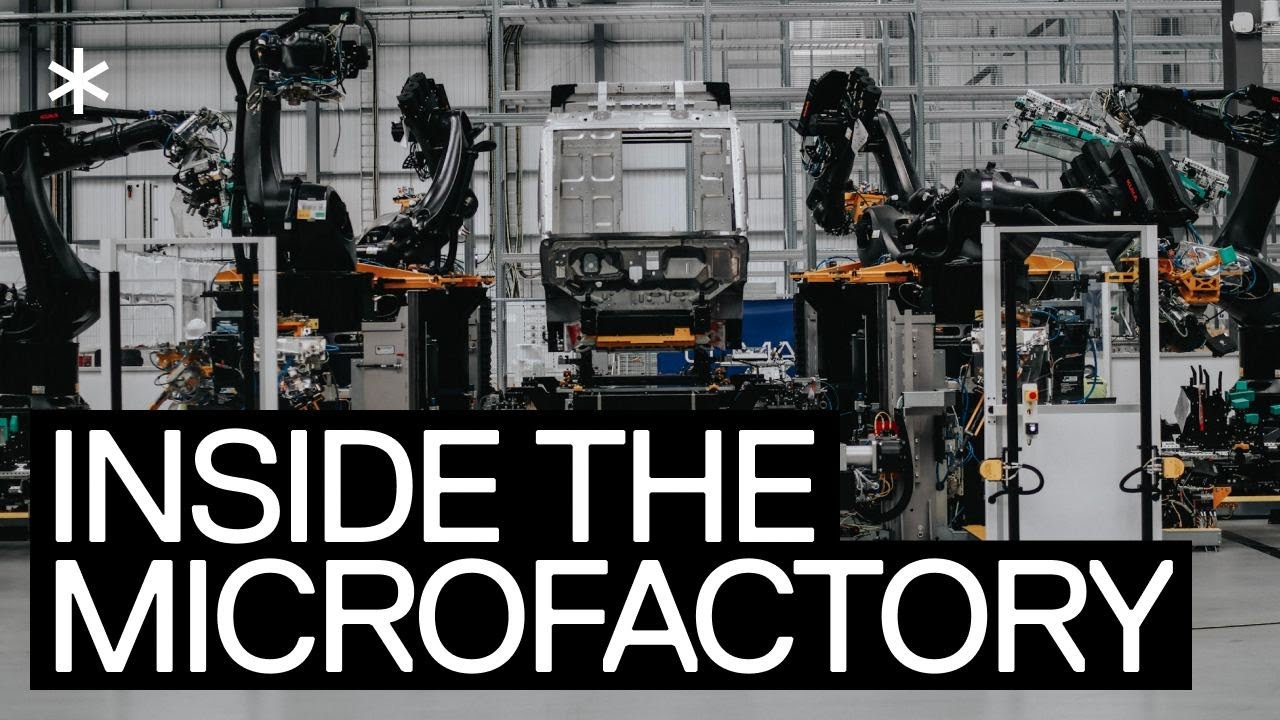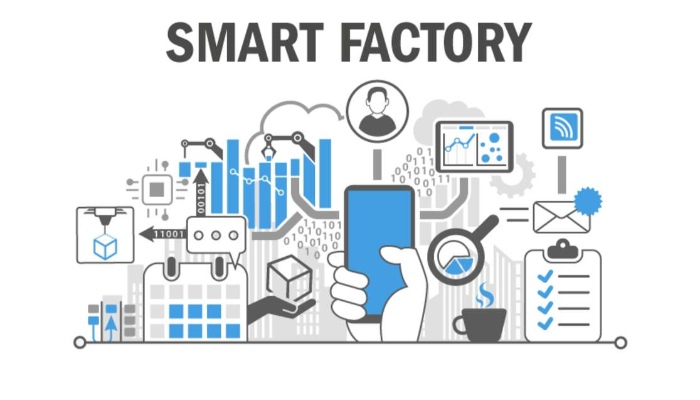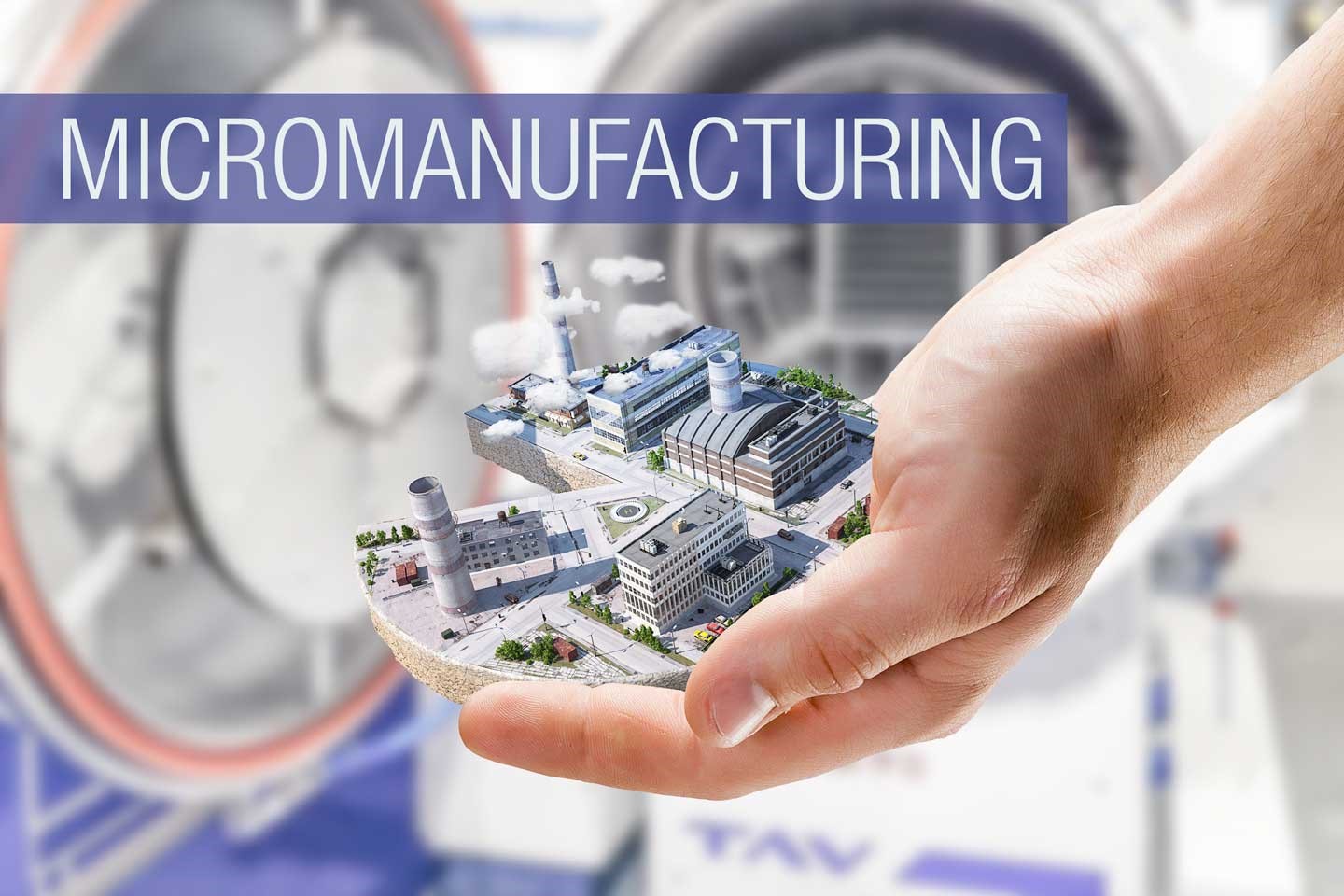Microfactories: The Next Big Trend in Manufacturing
Microfactories are a promising trend in manufacturing.
- They offer a number of advantages over traditional manufacturing facilities, including agility, flexibility, cost reduction, and environmental impact.
- Microfactories are still in their early stages of development, but they have the potential to revolutionize the manufacturing industry.
- The future of microfactories is bright. As the technology continues to develop and the cost of equipment comes down, we can expect to see more and more businesses using microfactories to produce their products.
Microfactories, manufacturing, trend , help
Microfactories: The Next Big Trend in Manufacturing
Microfactories: A Promising Trend in Manufacturing
Microfactories are small-scale manufacturing facilities that are typically located in urban areas. They are often more agile and flexible than traditional manufacturing facilities, and they can help businesses to reduce their costs and environmental impact.
Advantages of Microfactories over Traditional Manufacturing Facilities
- Agility and flexibility: Microfactories are typically smaller and simpler than traditional manufacturing facilities, which makes them more agile and flexible. This means that they can be more responsive to customer needs and changes in the market. For example, a microfactory could be easily retooled to produce a new product, while a traditional manufacturing facility would require a significant investment to make the same change.
- Cost reduction: Microfactories can help businesses to reduce costs in a number of ways. For example, they can reduce transportation costs by being located closer to customers. They can also reduce inventory costs by producing products on a just-in-time basis. Additionally, microfactories can reduce labor costs by automating tasks.
- Environmental impact: Microfactories can help businesses to reduce their environmental impact in a number of ways. For example, they can reduce energy consumption by using smaller and more efficient equipment. They can also reduce waste by using recycled materials and by producing products on a just-in-time basis.
Examples of Microfactories
A number of companies are already using microfactories to produce a variety of products. For example:
- Tesla: Tesla is using microfactories to produce its electric vehicles. The company's microfactories are located in various parts of the world, which allows Tesla to reduce transportation costs and be more responsive to customer demand.
- Boeing: Boeing is using microfactories to produce parts for its aircraft. The company's microfactories are located close to its assembly plants, which reduces transportation costs and improves efficiency.
- Apple: Apple is using microfactories to produce its iPhones. The company's microfactories are located in China and other countries with low labor costs. This allows Apple to produce its iPhones at a lower cost.
Benefits of Microfactories for the Economy
Microfactories offer a number of benefits for the economy, including:
- Job creation: Microfactories can help to create new jobs in urban areas. This is because they are typically located in close proximity to customers and suppliers.
- Economic growth: Microfactories can help to boost economic growth by increasing productivity and innovation.
- Resilience: Microfactories can help to make the economy more resilient to shocks, such as global pandemics and supply chain disruptions. This is because they are more agile and flexible than traditional manufacturing facilities.
Challenges of Microfactories
Despite the many advantages of microfactories, there are also some challenges that businesses need to be aware of. These include:
- Higher upfront costs: Microfactories can require a higher upfront investment than traditional manufacturing facilities. This is because they need to be equipped with the latest technology and automation equipment.
- Complexity: Microfactories can be more complex to manage than traditional manufacturing facilities. This is because they need to be tightly integrated with supply chains and customer demand.
- Skilled workforce: Microfactories require a skilled workforce to operate and maintain the latest technology and automation equipment.
The Future of Microfactories
Microfactories are a relatively new concept, but they have the potential to revolutionize the manufacturing industry. By offering businesses a number of advantages over traditional manufacturing facilities, microfactories could make it possible to produce goods more efficiently, sustainably, and closer to customers.
In the future, we can expect to see more and more businesses using microfactories to produce their products. This is because the benefits of microfactories, such as agility, flexibility, and cost reduction, are becoming increasingly important in today's competitive global marketplace.
Case Studies of Microfactories in Action
Here are a few case studies of microfactories in action:
- Local Motors: Local Motors is a company that produces custom-built cars. The company uses microfactories to produce its cars in close proximity to customers. This allows Local Motors to offer its customers a high degree of customization and flexibility.
- Xometry: Xometry is an online marketplace for manufacturing services. The company connects customers with a network of microfactories that can produce a wide variety of products. Xometry allows businesses to access the latest manufacturing technologies and expertise without having to invest in their own facilities.
- Desktop Metal: Desktop Metal is a company that manufactures 3D printers for metal. The company's 3D printers are used by microfactories to produce a variety of metal products, including prototypes, parts, and finished products. Desktop Metal's 3D printers are making it possible for microfactories to produce metal products more efficiently and cost-effectively than ever before.
End of Conclusion
Microfactories are a promising trend in manufacturing. They offer a number of advantages over traditional manufacturing facilities, including agility, flexibility, cost reduction, and environmental impact.
Microfactories are still in their early stages of development, but they have the potential to revolutionize the manufacturing industry. By making it possible to produce goods more efficiently, sustainably, and closer to customers, microfactories could help to create a more resilient and sustainable economy.
The future of microfactories is bright. As the technology continues to develop and the cost of equipment comes down, we can expect to see more and more businesses using microfactories to produce their products.
Here are some specific ways that microfactories are likely to impact the manufacturing industry in the future:
- Increased customization: Microfactories make it easier for businesses to offer customized products to their customers. This is because microfactories are more agile and flexible than traditional manufacturing facilities.
- Reduced lead times: Microfactories can help businesses to reduce lead times by producing products on a just-in-time basis. This is because microfactories are typically located closer to customers.
- Improved efficiency: Microfactories can help businesses to improve efficiency by automating tasks and using the latest manufacturing technologies.
- Reduced environmental impact: Microfactories can help businesses to reduce their environmental impact by using smaller and more efficient equipment and by using recycled materials.
Overall, microfactories have the potential to make the manufacturing industry more agile, efficient, sustainable, and customer-centric.
Writer
Devraj Gorai


























